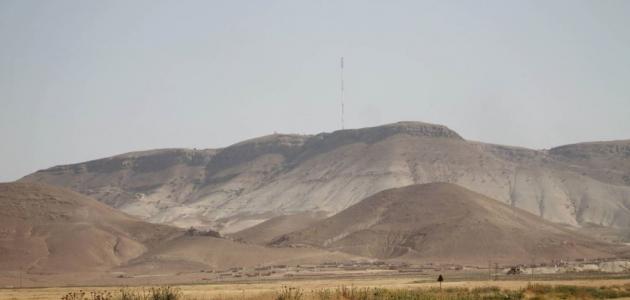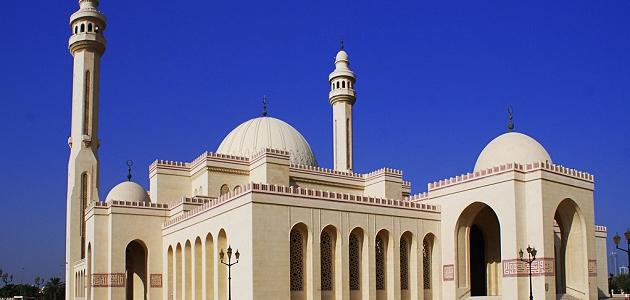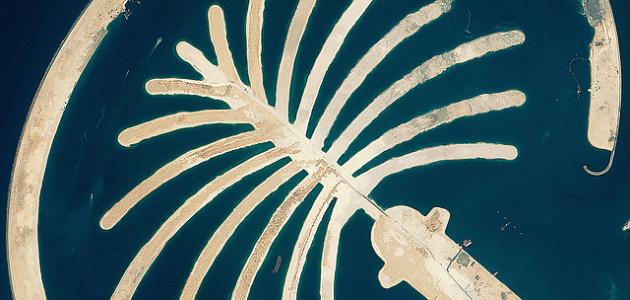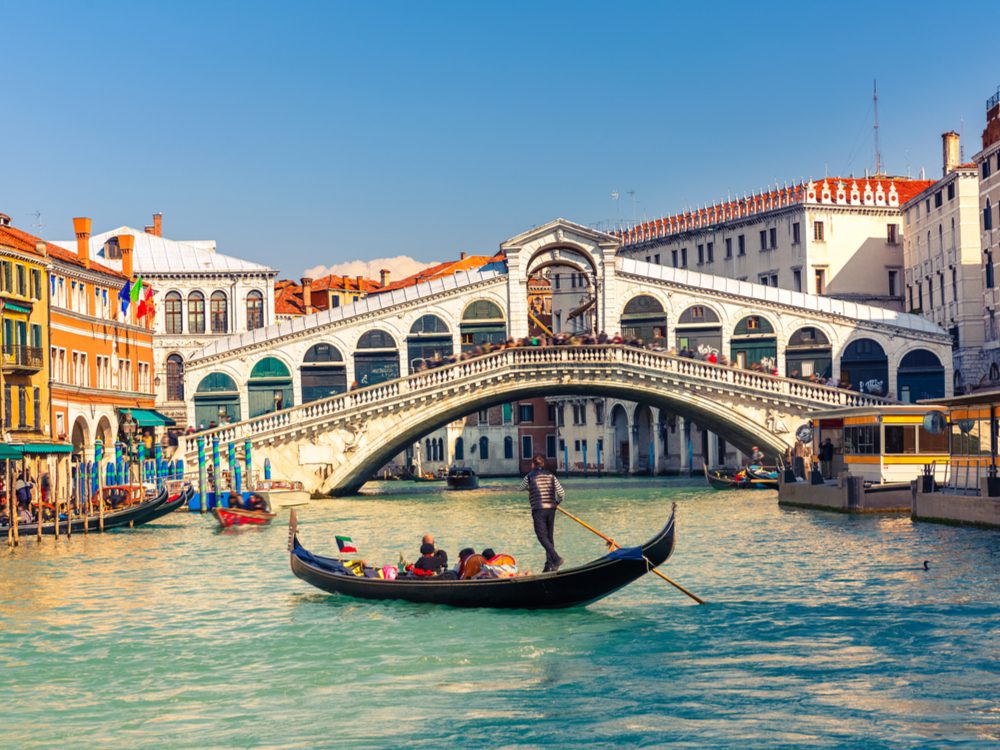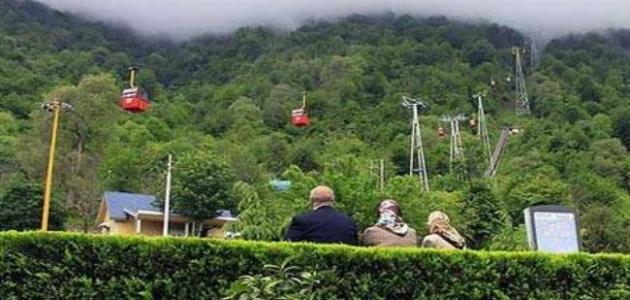Table of Contents
Jerash city
Jerash is considered an Arab and Islamic city located in the north of the Hashemite Kingdom of Jordan, and it is one of the most important archaeological areas in the world, and it also represents the most abundant agricultural areas in Jordan, knowing that it includes the administration of the Kasbah of Jerash, and two magistrates, namely: the Burma district and the Mastaba district, In addition to 5 municipalities, and these areas live about 237059 people, with a population density of about 578.5 people / km2. It is worth noting that in the year 2015 AD, the city of Jerash was chosen to represent the cultural capital of Jordan, due to the diversity of the city’s cultural heritage and cultural product.
The geographical location and climate of Jerash
Jerash Governorate is located in the northern part of the Hashemite Kingdom of Jordan, within the borders of the northern Jordan region, specifically in the western part of it. The distance between the maximum point in the southern border and the maximum point in the north is about 28 km, while the distance between the east and the west is about 31 km. Jerash occupies a geographic area estimated at 410 km2, and the geographical location of the city plays an important role in its climate, as the Mediterranean climate (the Mediterranean Sea climate) prevails, and the weather is cool to moderate during the winter season, and the chance of snow falls on high elevations, such as Gap heights Asfour. During the summer, the weather is hot, but at a lower rate compared to the rest of the country, which makes Jerash a major destination for local tourism during the summer months.
The name of the city of Jerash
The historical city of Jerash was known by several names, titles of civilizations, and rulers who successively ruled over it. (Graça), and this name remained during the reign of the Romens and the Nabataeans, and in 63 BC, King Pompeii controlled the Decapolis cities, which are ten cities located in northern Jordan, where he was aiming to confront the power of the Nabataeans in the south, and Jerash is considered one of these Cities, which Pompey called (East Pompeii); In the time of the Seleucids, Jerash was known as (Antioch located on the River of Gold), but Arab Muslims entered the region at the end of the nineteenth century, and they called it (Jerash), and it was still known by this name to the present time.
The economic side of Jerash
The economy of Jerash depends mainly on two main sectors: the tourism sector and the agricultural sector. Jerash includes many monuments and archaeological sites that attract visitors and tourists, as it has vast areas of fertile agricultural lands, and different types of agricultural crops are cultivated in them. The most important: The olive tree whose fruits are used in the production of the best types of olive oil in the Kingdom, as it is squeezed in traditional and modern presses, in addition to the cultivation of grains, fruits, and other crops spread in the city. It is worth noting that Jerash includes a number of civil society organizations, as these organizations contribute to supporting the community and improving its conditions.
Landmarks in the city of Jerash
The city of Jerash includes many prominent archaeological and historical monuments that indicate the city’s ancient and historical significance, which also represents an important center for attracting visitors and tourists from inside and outside the city, and from these monuments:
- Southern Theater: It is a traditional Romen amphitheater that was used in the past to wrestle and duel predators, as this amphitheater can accommodate about 5,000 people, and there is another theater, which is the northern theater that can accommodate about 1200 people, and it is important to mention that both theaters are used at the present time to show the parties Lyric, poetry evenings, and other artistic activities.
- The way of the nymphs: And which was built in the year 191 AD, which is a marble basin consisting of two floors, and contains a number of water fountains, and the lower façade is decorated with marble, and the decorations decorate the upper façade.
- South Gate: Or what is called (Hadrian’s Arch), as it was built during the second century AD, but it was destroyed during the war.
- Street of columns: It is the main street in the Romen city, where it extends about 800 m, and on its sides are 71 marble columns out of 520 columns, as the remaining columns were destroyed and ruined over time.
- Temples: Among the most important of them are: the Temple of Artemis, which was built in the second century AD, the Temple of Zeus, and the Temple of Zeus.
- Seminar Square: It is located in the center of the ancient city, and it takes the oval shape, and it is surrounded by a number of marble columns.
- Al Hamidi Mosque: It is one of the most famous mosques of Jerash, where it was built in the year 1879 AD, by order of Sultan Abdul Hamid II, knowing that it directly overlooks the Romen amphitheater and the columns Street.
- Souf Al-Omari Mosque: It was built in the year 85 AH, with a circular shape minaret about 35 meters long.
Notable events in the history of the city of Jerash
Jerash has passed through many important historical events and events that have had a prominent impact on its present and future, and the most important of these events are:
- Humans settled in Jerash around 7500 BC (Suwani era), as evidenced by the discovery of a very ancient archaeological site in the Tal Suwan neighborhood, located at the entrance to the archaeological city.
- The founding of the ancient city of Jerash in the fourth century BC, specifically during the reign of Alexander the Great, where Jerash then became an important station on the path of commercial caravans.
- Jerash fell under the control of the Nabataeans during the second and first centuries BC.
- The Romens took control of Jerash in the period between (63 BC – 324 AD), during which time it witnessed a remarkable development, commercial prosperity, and architectural prosperity.
- The spread of Christianity in Jerash during the Byzantine era in the period between (324 AD – 635 AD), and what is evidenced by the presence of the Byzantine churches that still exist today.
- A large number of the first Christians sought to flee Jerusalem, before it was destroyed by Titus in the year 70 CE.
- Jerash was conquered by the leader, and the Muslim companion, Sharkhbel ibn Hasna in 635 CE.
- Jerash was subject to Ottoman rule in 1415 CE, and their rule continued until 1916 CE.

